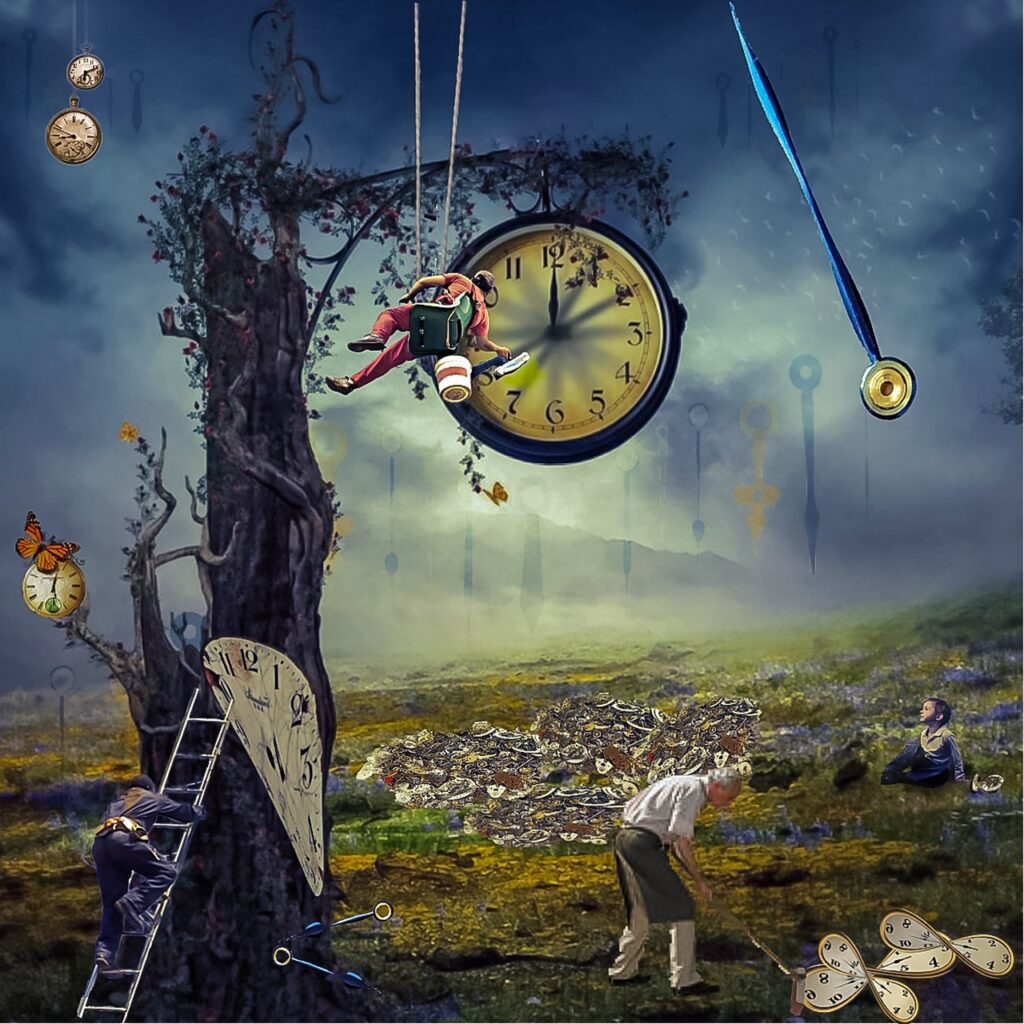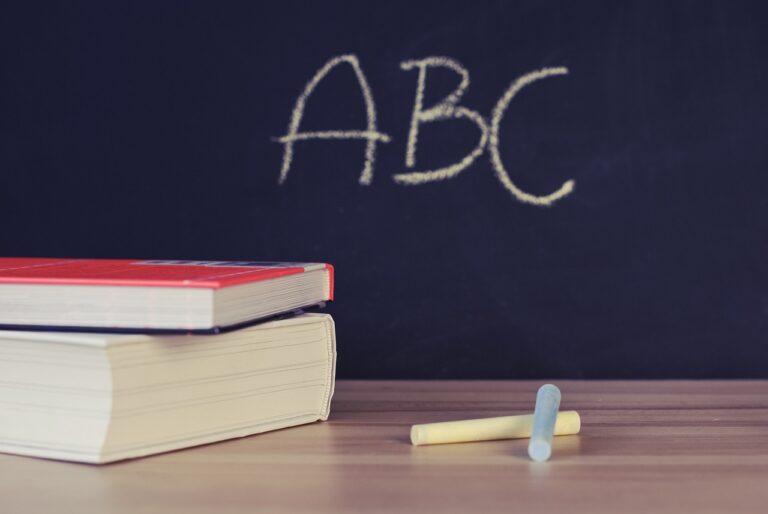Teaching Metaphors: Crafting Powerful Literary Devices
Welcome to our guide on teaching metaphor to student writers! Writers often seek to enhance their language and create a powerful impact on their readers. One way to achieve this is through the use of literary devices such as metaphors. In this article, we will delve into the definition of a metaphor, examples of how they can be used in writing, techniques for crafting powerful metaphors, as well as easy activities to add to your teacher toolbox.
What is a Metaphor?
A metaphor is a figure of speech that compares two things that are not alike in order to suggest a similarity or analogy between them. Unlike similes, which use “like” or “as” to make a comparison, metaphors make a direct comparison between the two objects. For example, “Life is a journey” is a metaphor that compares the experience of living to the act of traveling on a path or road.

The Impact of Metaphors in Writing
Metaphors can have a significant impact on the reader. They can help to create vivid and memorable images in the reader’s mind, making the writing more engaging and interesting. Additionally, metaphors can add depth and complexity to the text, as they allow the writer to explore complex ideas and emotions in a more accessible way.
Examples of Metaphors in Literature
Metaphors are commonly used in literature to create vivid and memorable images. Here are some examples:
- “All the world’s a stage, and all the men and women merely players.” – William Shakespeare, As You Like It
- “Her voice was music to his ears.” – unknown
- “The sun is a golden coin in the sky.” – unknown

Techniques for Crafting Powerful Metaphors
Crafting powerful metaphors can be a challenging task, but there are some techniques that writers can use to make their metaphors more effective:
- Use Concrete Language: The more concrete and specific the language you use, the more powerful your metaphor will be. For example, instead of saying “He was angry,” you could say “His face turned red like a boiling kettle.”
- Choose the Right Comparison: To make a metaphor work, you need to choose the right comparison. Think carefully about the two objects you are comparing and try to find a connection that will resonate with your reader.
- Avoid Clichés: While it can be tempting to use a familiar metaphor, such as “The apple doesn’t fall far from the tree,” these types of clichés can make your writing feel tired and unoriginal. Instead, try to come up with a fresh and unique comparison.
Quick and Easy Teaching Metaphor Activities
- Metaphor Scavenger Hunt: Provide students with a list of metaphors and have them find examples of each in books, movies, or TV shows. This will help students practice identifying metaphors in context.
- Metaphor Mad Libs: Create a story template with blanks for metaphors. Students can then fill in the blanks with their own metaphors, creating a silly and fun story.
- Metaphor Match-Up: Provide students with a list of nouns and a list of adjectives. Have them match the two lists to create a metaphor. For example, “The sun is a blazing fire.”
- Metaphor Drawing: Give students a simple prompt, such as “Life is a rollercoaster,” and have them draw a picture that represents the metaphor. This will help students visualize the comparison and develop a deeper understanding of metaphors.
- Metaphor Swap: Have students work in pairs to create a metaphor. Then, have them switch metaphors with another pair and try to come up with a new comparison based on the other pair’s metaphor. This will help students practice thinking creatively and outside of the box.
By incorporating these activities into your lesson plans, you can help students develop a deeper understanding and appreciation for the power of metaphors in writing.

Final Thoughts on Teaching Metaphors
Metaphors are a powerful tool in the writer’s toolbox, and can help to create memorable and engaging writing. By using concrete language, choosing the right comparison, and avoiding clichés, writers can craft metaphors that have a lasting impact on their readers. Teaching metaphors to your students helps them to become compelling writers.






